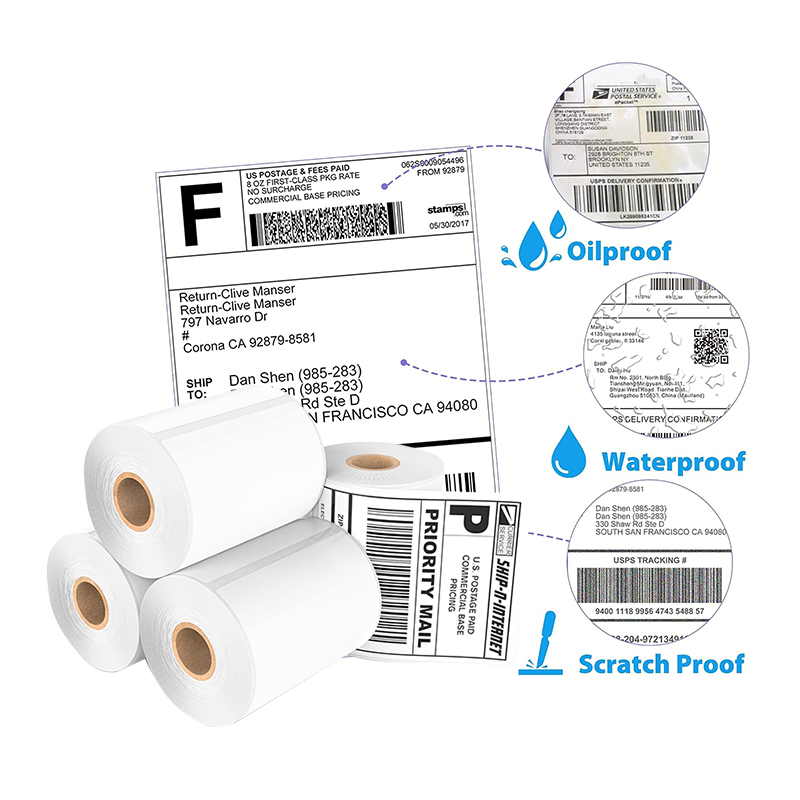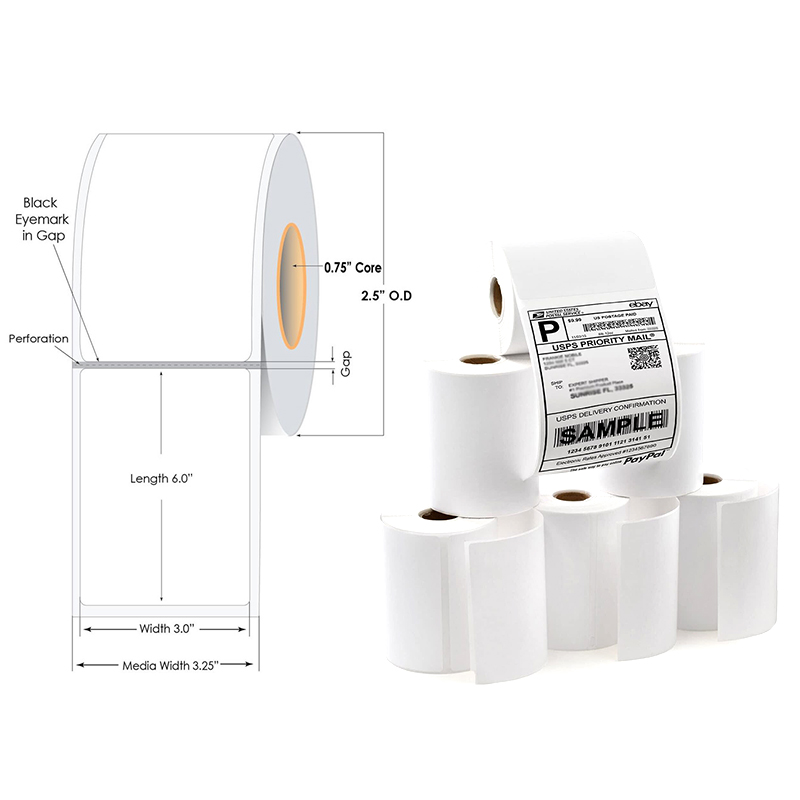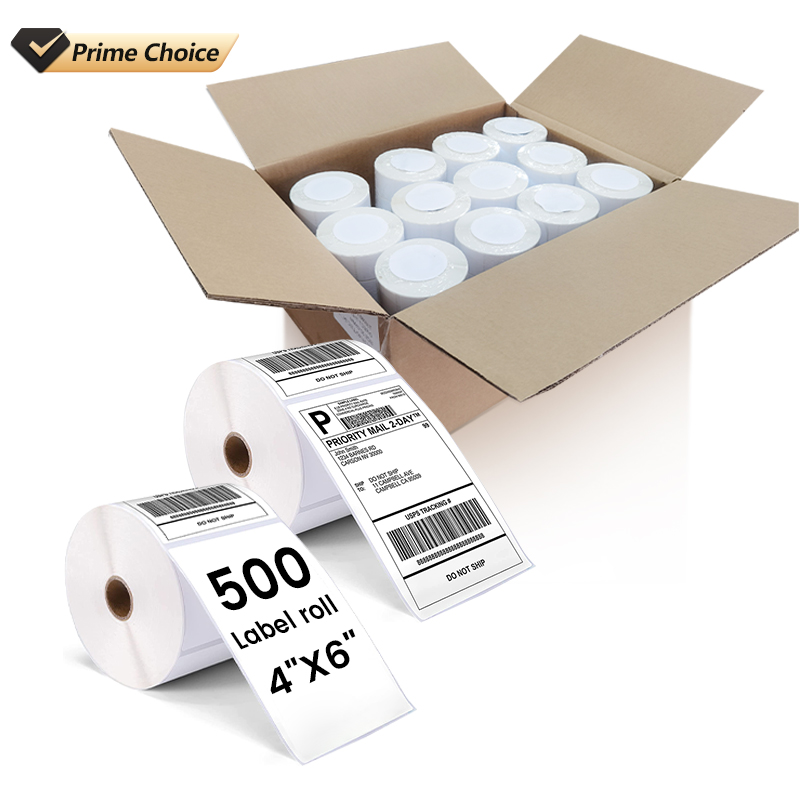Going Green: Frontier Exploration of Renewable Materials in Thermal Labels
In the context of today's pursuit of sustainable development, technology and innovation are driving all walks of life to develop in a more environmentally friendly and sustainable direction. As one of the widely used technologies in modern life, thermal labels are also constantly seeking the application of renewable materials to reduce environmental impact. This article will delve into the cutting-edge application of renewable materials in thermal labels, and the positive impact of this trend on environmental protection and sustainable development.
The Rise of Renewable Materials
Renewable materials refer to those materials that can be recovered through natural processes within a reasonable time, such as plant fibers, bioplastics, etc. With growing concerns over plastic pollution and resource depletion, renewable materials are gaining traction as an alternative. These materials have a smaller carbon footprint and environmental impact, so they are rapidly developing in various fields.
Application of Renewable Materials in Thermal Labels
Thermal labels are usually used to monitor and display temperature changes, and are widely used in food, medicine, logistics and other fields. In the past, many thermal labels used traditional plastic materials, but these materials were difficult to degrade and placed a burden on the environment. In recent years, researchers and manufacturers have begun to introduce renewable materials into the production of thermal labels to reduce the environmental impact of their life cycle.



Exploration of innovative materials
Technological innovations are driving the use of renewable materials in thermal labels. Biodegradable plastics, cellulose-based materials, etc. are becoming popular alternatives to traditional plastics. These materials not only meet the requirements of heat-sensitive labels in terms of performance, but also can quickly decompose after use, reducing the negative impact on the environment.
Environmental Benefits and Challenges
The introduction of renewable materials has brought environmental benefits to the thermal label industry. First, the use of renewable materials can reduce dependence on petrochemical resources and reduce carbon emissions. Second, these materials can be recycled, reducing waste generation. However, challenges also exist, for example, the price of renewable materials may be higher, and the production process needs to be further optimized.
enabler of sustainable development
The application of renewable materials in thermal labels is a manifestation of the concept of sustainable development. The increasing awareness of environmental protection among manufacturers and consumers will drive more innovation and investment to further improve the application of renewable materials in the field of thermal labels.



Green environmental protection has become a topic of global concern, and the application of renewable materials in the field of thermal labels has shown us the prospect of sustainable development. With the continuous advancement of science and technology, we have reason to believe that with the continuous exploration and application of various renewable materials, thermal labels will become more environmentally friendly and efficient, making positive contributions to a sustainable future.
Post time: Aug-25-2023








